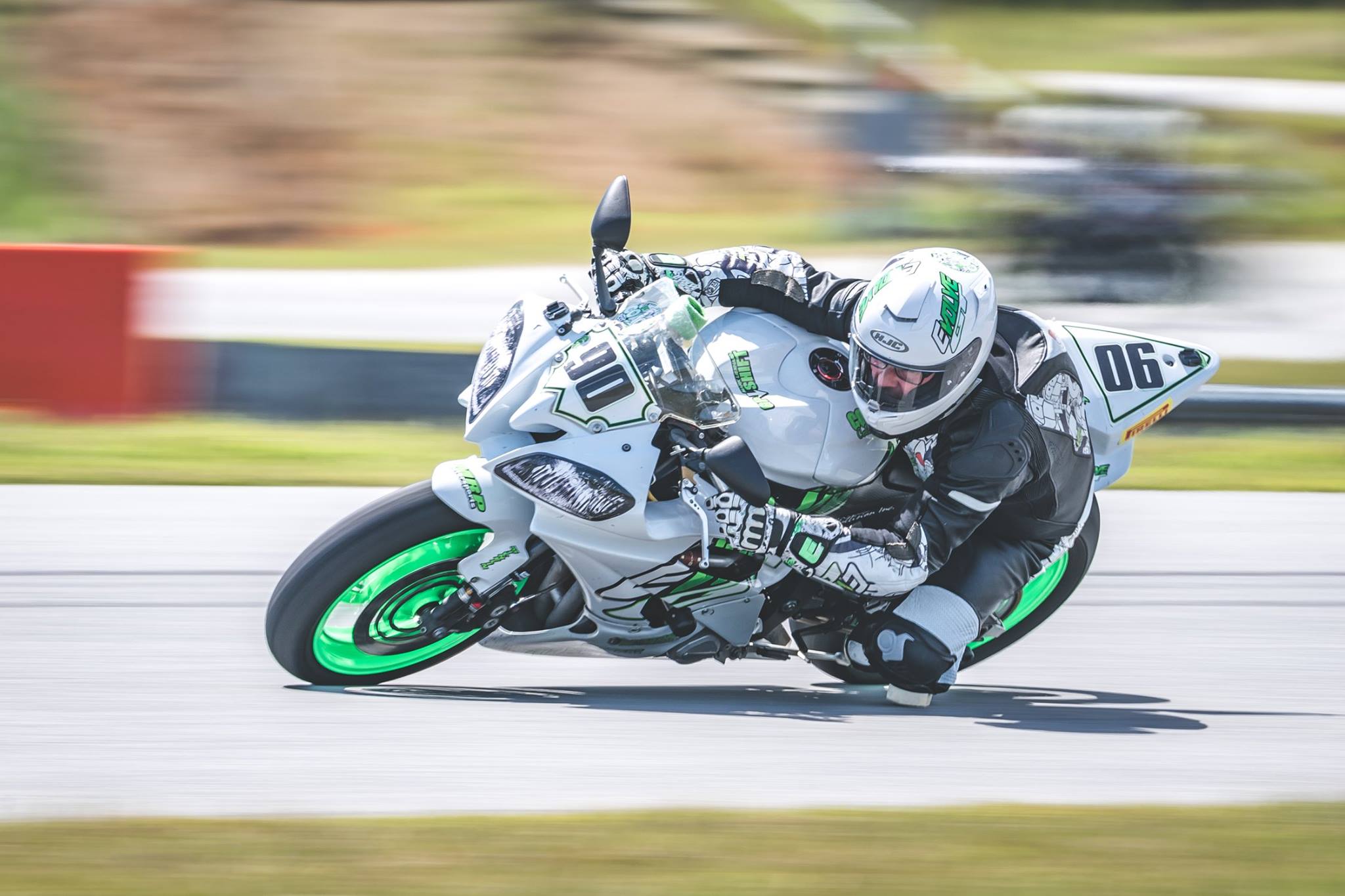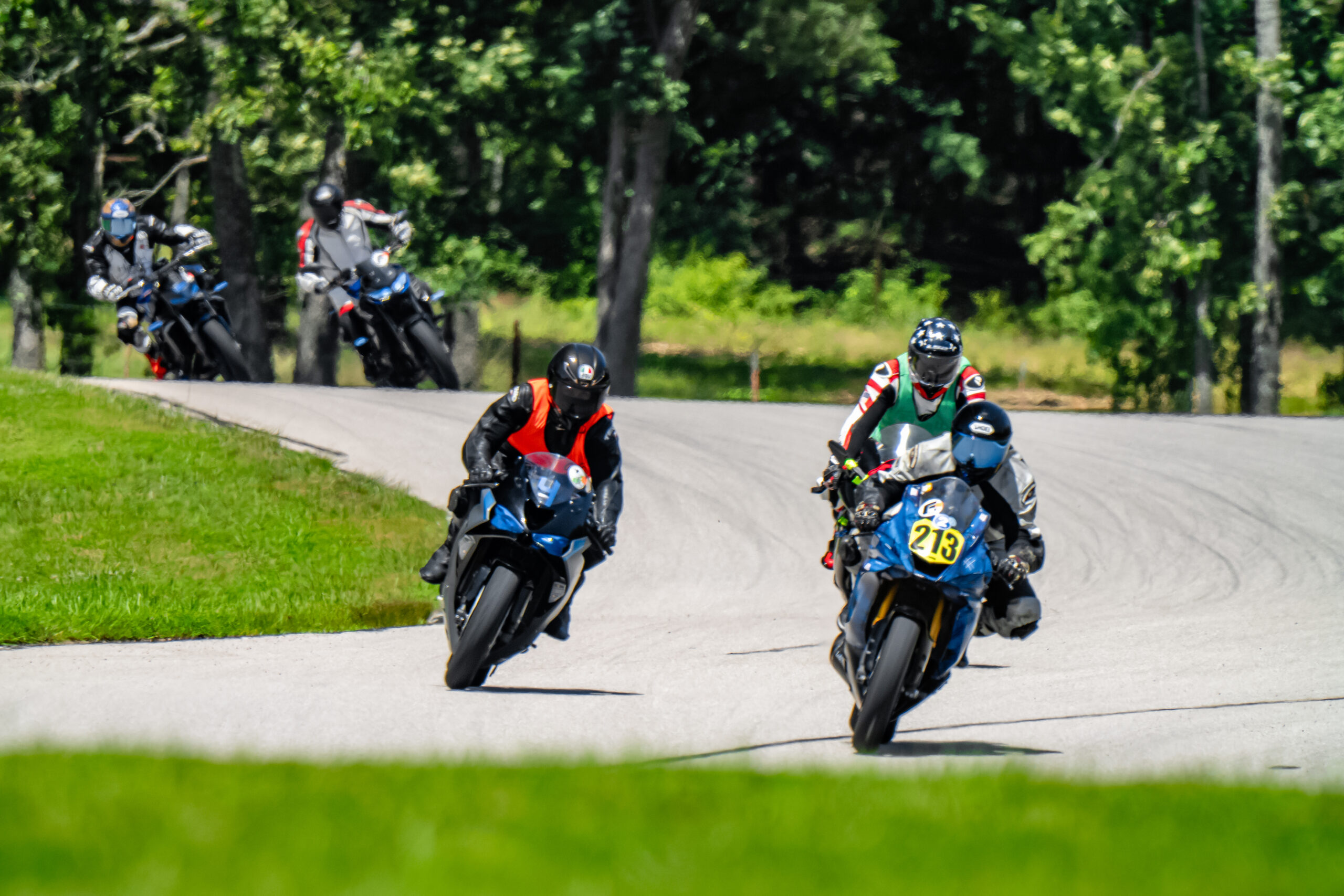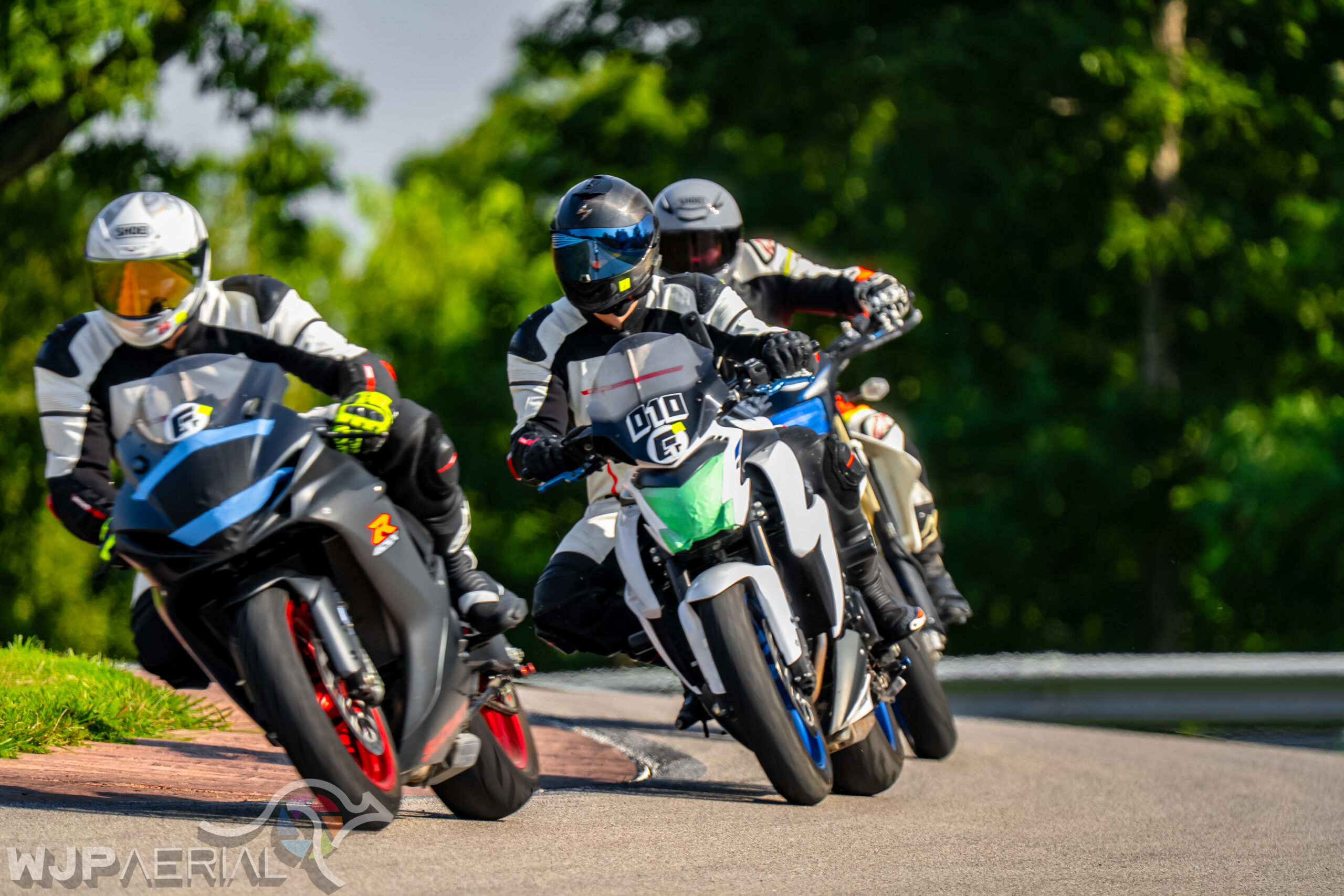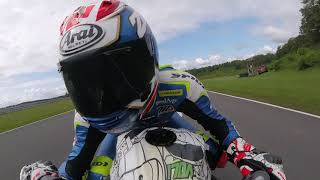In professional motorcycle racing, understanding and dissecting corner speed is crucial for shaving off precious milliseconds and maintaining stability through every turn. A common misconception is that speed remains constant throughout a corner.
However, elite riders recognize that corner speed follows a “V” shape—rapidly dropping at the apex before sharply increasing upon exit. This technique, known as “thinking in Vs,” is a fundamental skill that separates great racers from the rest.
The “V” Shape of Corner Speed
Rather than maintaining a steady pace through a turn, professional racers experience significant speed fluctuations. As they approach the corner, they brake aggressively, causing a sharp decline in speed.
At the apex—the slowest point of the turn—the bike transitions before a rapid acceleration toward the exit. When plotted on a graph, this speed pattern creates a distinct “V” shape. Understanding and optimizing this pattern is key to improving lap times and overall control.
Why Dissecting Corner Speed Matters
Mastering the “V” shape of cornering allows racers to:
- Optimize Their Approach and Exit – By recognizing the speed drop and rise, riders can brake later and accelerate sooner, maximizing their time at high speed.
- Maintain a Stable Bike – The transition between deceleration and acceleration affects bike stability. Managing braking, throttle, and steering inputs smoothly prevents instability.
- Predict Grip Changes – Different parts of the corner provide varying levels of grip. Knowing where traction is strongest helps racers adjust their riding style effectively.
Applying Corner Speed Techniques in Practice
- Late Braking – Rather than slowing down too early, racers brake later than their instincts might suggest, carrying more speed through the turn’s slowest point.
- Smooth Transitions – Abrupt changes in speed or lean angle can cause instability. The goal is seamless integration of braking and acceleration.
- Body Positioning – Adjusting body position helps maintain control through speed fluctuations, ensuring better balance and grip.
The Slowest Point of the Corner: A Critical Factor
Understanding the slowest point of the corner helps racers link their entry and exit strategy. Whether employing a “corner speed” approach—maintaining as much speed as possible—or a “point and shoot” method—focusing on quick acceleration out of the turn—each style revolves around identifying and leveraging the slowest point.
Key Techniques to Enhance Cornering
- Counter-Steering – Essential for initiating turns and maintaining lean angle.
- Smooth Vision – Using visual reference points helps riders time braking, turning, apexing, and exiting effectively.
- Rear Brake Use – The rear brake plays a vital role in stabilizing the bike, both at low and high speeds, especially during transitions.
Elevate Your Racing Skills with EvolveGT
Mastering corner speed isn’t just about theory—it requires hands-on training with expert coaches who can fine-tune your technique in real-world conditions. At EvolveGT, our professional training sessions focus on refining your braking, acceleration, and body positioning to help you dissect corner speed like a pro. Take your racing performance to the next level and gain a competitive edge—book a training session with EvolveGT today!




